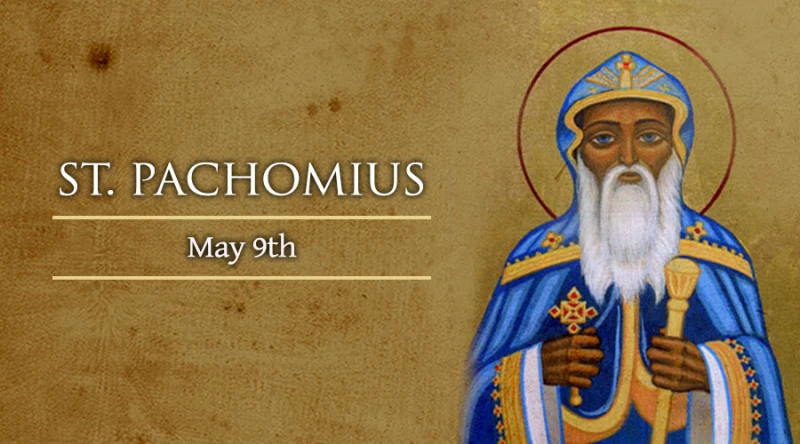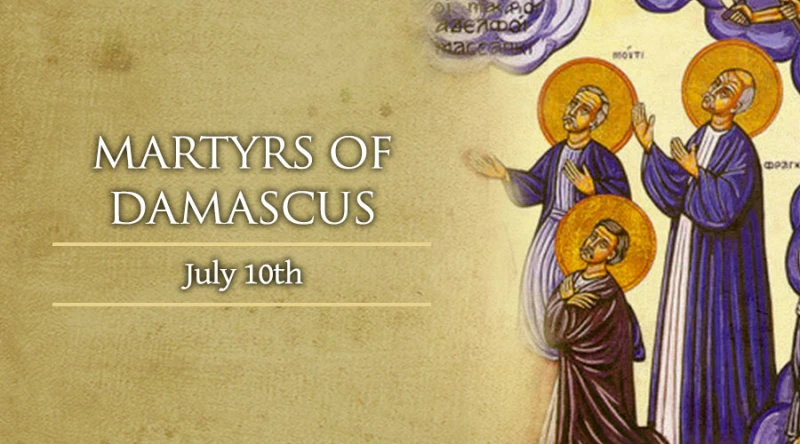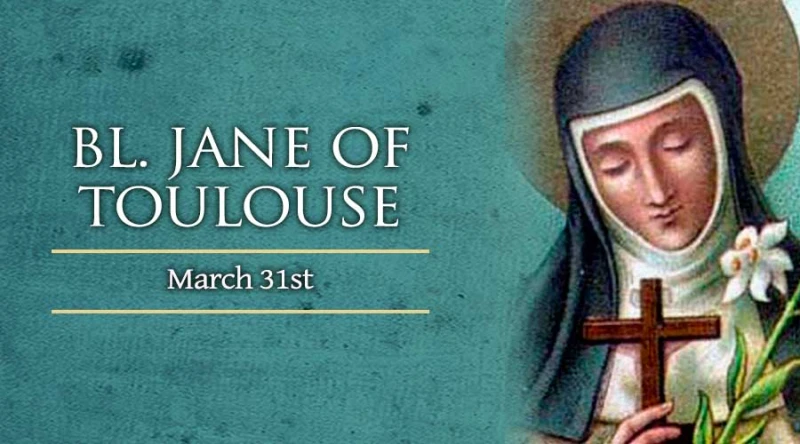 St. Pachomius
St. Pachomius
Feast date: May 09
St. Pachomius can justifiabley be called the founder of cenobitic monasticism, monks who live in community. Even though St. Antony the Great was the first to go into the desert to live a life of seclusion pursuing evangelical perfection, he lived a heremitic life, that is, a primarily solitary life.
Pachomius first started out as a hermit in the desert, like many of the other men and women in the third and fourth centuries who sought the most radical expression of Christian life. There he developed a very strong bond of friendship with the hermit Palemon. One day during prayer, he had a vision in which he was called to build a monastery, and was told in the vision that many people who were eager to live an ascetic life in the desert, but were not inclined to the solitary life of a hermit, would come and join him. His hermit friend, Palemon, helped him to build the monastery and Pachomius insisted that his cenobites were to aspire to the austerity of the hermits.
However, Pchomius knew that his idea was a radical one, because most of the men who came to live in his monastery had only ever conceived of the eremitic lifestyle. His great accomplishment was to reconcile this desire for austere perfection with an openness to fulfilling the mundane requirements of community life as an expression of Christian love and service. He spent most of his first years as a cenobitic doing all the menial work on his own, knowing that his brother monks needed to be gently inducted into serving their brothers in the same manner. He therefore allowed them to devote all their time to spiritual exercises in those first years. At his death, there were eleven Pachomian monasteries: nine for men and two for women.
The rule that Pachomius drew up was said to have been dictated to him by an angel, and it is this rule that both St. Benedict in the west and St. Basil in the east drew upon to develop their better known rules of cenobitic life. St. Pachomius died in the year 346.


